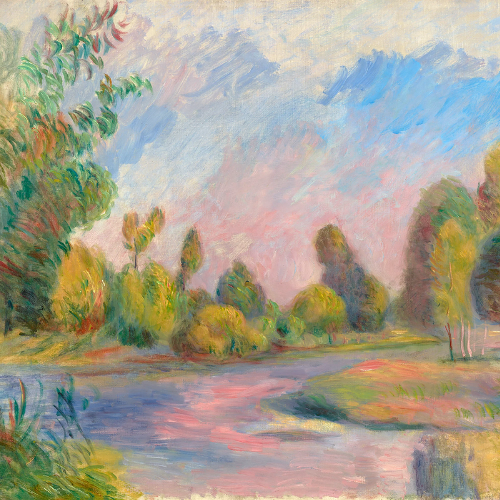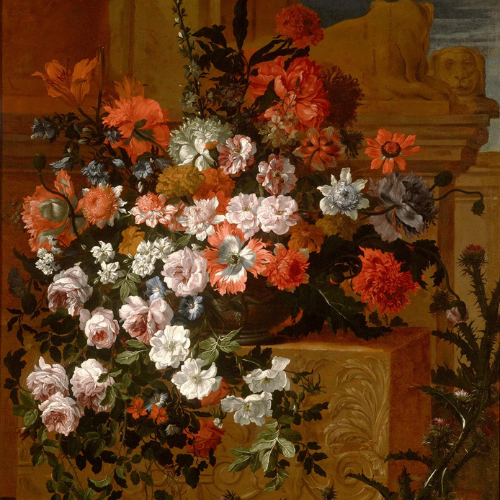Collecting Figural Clocks
LOUISIANA HOME AND GARDENS MAGAZINE, July 2009-- The Roosevelt Hotel, one of New Orleans' most exquisite Grand Dames, reopened in June after a $145 million restoration as part of the Waldorf Astoria Collection. While luxurious rooms, an indulgent day spa, and celebrity chefs may define this Crescent City landmark, it may well be the grand lady in the lobby who leaves the most lasting impression.

Standing at just over 10 feet tall, this diaphanously draped maiden is truly a glory to behold. She is a monumental, one-of-a kind clock crafted by two of France's most important artists of the '9th century, E. Farcot and Albert-Ernest Carrier de Belleuse, and she was featured at both the ,867 and ,878 Paris Exhibitions. This incredible timepiece is the largest known conical clock in existence, with bells that chime on the hour and the half hour.
The Roosevelt chose the Farcot clock to serve as a symbol of luxury for guests arriving at the hotel, a tradition that is carried out at all Waldorf Astoria Collection hotels around the world. Each of the Collection's hotels features a clock of historical and artistic merit as the centerpiece of the lobby, and this newest addition to the New Orleans Roosevelt, acquired from local antiques dealer M.S. Rau Antiques, may just be the Collection's crowning achievement.

So why choose a clock as the central feature of this luxurious hotel? Why not a painting? Or a sculpture? Perhaps it is because the truly great clocks are themselves great works of art, as is most evident with the Roosevelt's prize clock. She is at once art and science; prized as much for her beauty as for her timekeeping. And, perhaps it is because a wonderful sculptural clock such as this, with its soothing tick-track rhythm and gently swaying pendulum can be a most romantic beginning or end to a lovely interlude.
Clocks have served as the perfect meeting spot for centuries. They have always been the perfect place to begin a journey. Great regulator clocks stood in town halls or train stations and were the time standard to which all other clocks and watches were set. Complex automaton clocks were the jewels of town squares across Europe and were the perfect gathering place to witness the changing of hour. And, don't forget the great city clocks like Big Ben whose chimes still ring out across London after 150 years of regal service.

Fortunately for us all, clocks of exceptional beauty can be found in every shape and size. Many are technical marvels, important for their complexity or innovation, while others are prized for their beauty or possess an amusing quality that makes them special. Three such types of clocks are conical clocks, swinging clocks, and traditional sculptural clocks.
CONICAL CLOCKS
Among the most desirable collectible clocks are the conical clocks. Unlike more traditional clocks whose pendulums swing from side to side, the conical clock's "pendulum" moves in a continuous oval motion. This constant three-dimensional motion was designed to overcome the inertia of a swinging pendulum, which had to stop for a fraction of a second to swing in the opposite direction. The continuously rotating ball, most often held by a maiden or other figure, is driven by a suspension mechanism hidden inside the base of the figure. Mechanisms such as these led to the moniker "mystery clocks" as it was difficult for an onlooker to detect how the pendulum actually kept in motion. While sculptural figures were the most popular theme for conical clocks. more industrial themes began to appear late in the 19th century.
The origin of the conical movement dates back to the 17th century when the famed clockmaker Christiaan Huygens published his version of the "horologium" in 1673. Then, 100 years later, the conical movement was put to practical use when Passement of Paris incorporated it to control a telescope. It was during the second half of the 19th century that these fascinating movements flourished with the addition of artistic beauty by the talented hands of creators like Farcot who helped popularize these wonderful clocks.
SWINGING CLOCKS
Another popular type of mystery clock is the swinging pendulum clock. Like the conical clock. these swinging clocks often featured sculptural figures holding a pendulum aloft. though the pendulum swung from side to side and not in a circular motion. Because the pendulum is suspended above the clock's works, it is extremely difficult to discern how the energy is transferred from the works to the pendulum.
The mystery is actually no mystery at all, but rather an ingenious illusion. The base of the figure is actually connected to the movement, which causes it to oscillate in a miniscule motion just strong enough to cause the pendulum to swing. To the naked eye, the pendulum seems to swing unaided. This was quite a feat for 19th century clockmakers. and this wonderful mechanism offered a wonderful canvas for both clock makers and artists whose collaborations produced some truly amazing and beautiful clocks .
TRADITIONAL SCULPTURAL CLOCKS
Traditional sculptural clocks are perhaps the most diverse form of clocks, as they allowed an artist and a clock maker a fair amount of latitude for design and execution. Many of the 18th and 19th centuries' most famous artists were called upon by the finest dockmakers of the period to create magnificent sculpture around clock works. Classical maidens, animals, and cherubs can be found on these traditional clocks, and the collector is limited only by their particular tastes and passions.
COLLECTING CLOCKS
Collecting clocks can present a particular challenge because they obviously involve moving parts! Of course, a well made clock will last hundreds of years and run as smoothly and as accurately as the day it was made. It is always advisable to buy antique clocks from a reputable dealer who specializes in fine clocks. Be sure the clock has its key. and have the dealer demonstrate how the clock actually works.
Values of clocks can vary widely depending on the maker. the clock's rarity and condition, and the size and materials used to craft the clock. The value of a figural clock is also based heavily on the quality and material of the sculpture. Consider that a clock crafted by a little known clockmaker may have a tremendous value if the sculpture is by a well-known artist such as Carrier-Belleuse.
Clocks are appealing on so many levels ... scientifically. artistically and emotionally. For thousands, perhaps tens of thousands of years, man has sought to harness and tame the passage oftime. It is perhaps the very single thing that we can all count on without falter. .. time ticks steadily on. Many great minds have pondered this concept oftime. How can time drag on or race by, yet still be an unerring constant? That is the mystery and the beauty of time ... and the mystery and beauty of a fine clock .







